Fluorine Accident
advertisement
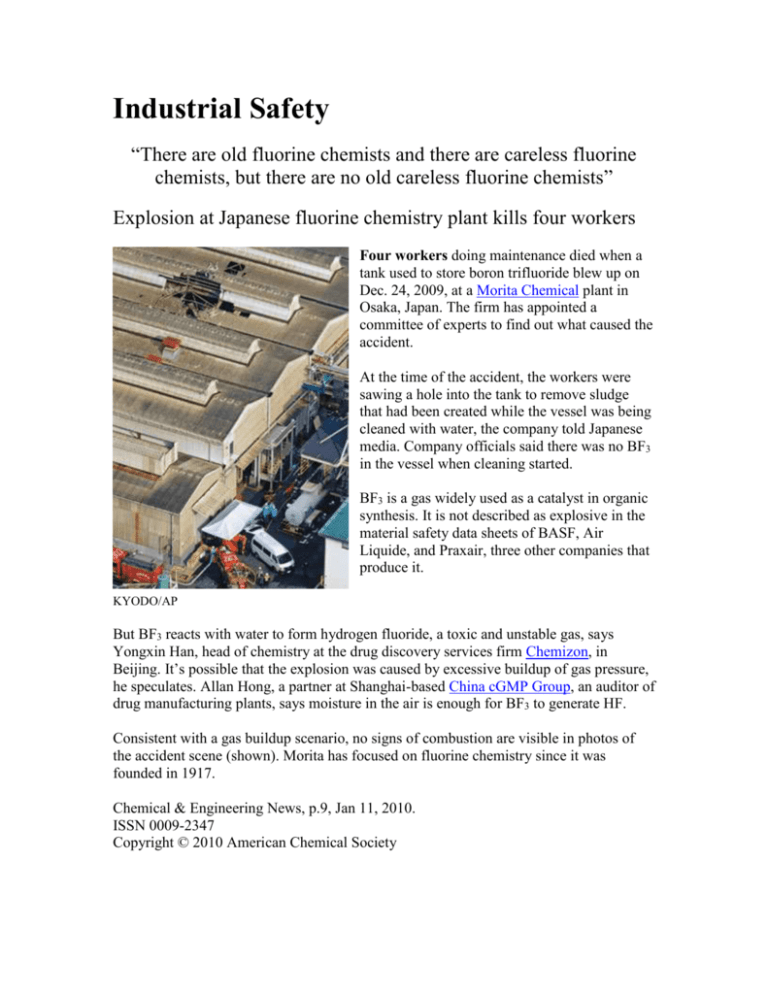
Industrial Safety “There are old fluorine chemists and there are careless fluorine chemists, but there are no old careless fluorine chemists” Explosion at Japanese fluorine chemistry plant kills four workers Four workers doing maintenance died when a tank used to store boron trifluoride blew up on Dec. 24, 2009, at a Morita Chemical plant in Osaka, Japan. The firm has appointed a committee of experts to find out what caused the accident. At the time of the accident, the workers were sawing a hole into the tank to remove sludge that had been created while the vessel was being cleaned with water, the company told Japanese media. Company officials said there was no BF3 in the vessel when cleaning started. BF3 is a gas widely used as a catalyst in organic synthesis. It is not described as explosive in the material safety data sheets of BASF, Air Liquide, and Praxair, three other companies that produce it. KYODO/AP But BF3 reacts with water to form hydrogen fluoride, a toxic and unstable gas, says Yongxin Han, head of chemistry at the drug discovery services firm Chemizon, in Beijing. It’s possible that the explosion was caused by excessive buildup of gas pressure, he speculates. Allan Hong, a partner at Shanghai-based China cGMP Group, an auditor of drug manufacturing plants, says moisture in the air is enough for BF3 to generate HF. Consistent with a gas buildup scenario, no signs of combustion are visible in photos of the accident scene (shown). Morita has focused on fluorine chemistry since it was founded in 1917. Chemical & Engineering News, p.9, Jan 11, 2010. ISSN 0009-2347 Copyright © 2010 American Chemical Society

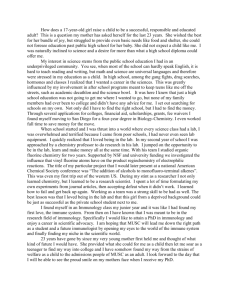
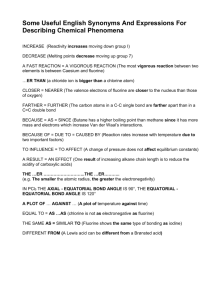

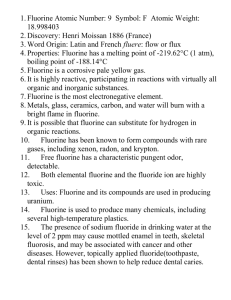


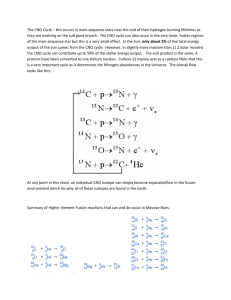

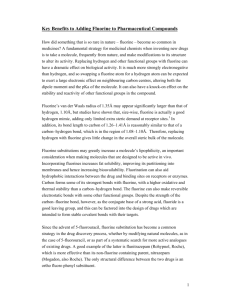
![BF[subscript 3]-Promoted Electrochemical Properties of Quinoxaline in Propylene Carbonate Please share](http://s2.studylib.net/store/data/011782194_1-b4792d628274e4b5ccdd49fa8c587380-300x300.png)
